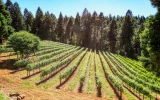Tree Farm Profit Per Acre (6 Species Compared)
If you're considering starting a tree farm, you may be confused about which species will be suitable and most lucrative. With so many different tree species to choose from, it can be difficult to determine which ones will yield the highest profit per acre. In this article, we'll compare six popular tree species and break down their potential profitability.
Black walnut trees can generate $69,800–$74,300, while poplar trees can give $5,000–$8,000 per acre. Balsam fir trees can yield $36,000–$68,000, while Long-leaf trees can yield $100–$200 per acre. Apple trees can generate $2,562–$16,630, while pecans can give an average profit of $405–$3,800 per acre.
In tree farming, several factors can affect your profit per acre, such as your selected tree species, soil quality, climate, management practices, and time and space. Let's learn how each factor affects a tree farm's profit potential.
Summary
- When selecting species for your tree farm, you can base your selection on the profitability potential of a tree species.
- Some of the most profitable species of trees include Black walnut trees, Poplar trees, Balsam fir trees, long-leaf pines, Apple trees, and lastly, pecan trees.
- Aside from considering the tree species, what adds to the profitability potential of a tree farm is also considering the soil quality and climate, management practices, and the time and space you have.
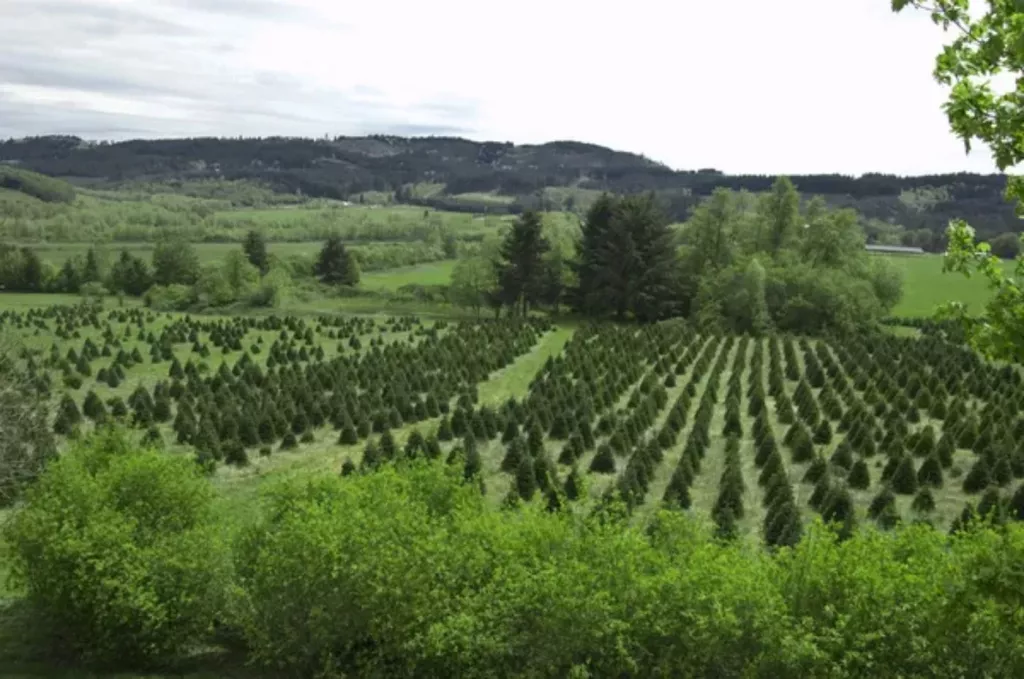
On this page:
Let's Compare Six Tree Farm Species and Their Profitability
The table below shows the estimated average profit per acre for the different tree farm species, each with its own unique characteristics or profitability factors. The exact profit per acre is determined by factors such as total production costs and market demand.
| Tree Species | Estimated Profit per Acre | Profitability Factor |
|---|---|---|
| Black Walnut | $69,800–$74,300 | are lucrative because of their timber and nut products |
| Pecan | $405–$3,800 | have high-quality and in-demand nuts |
| Apple | $2,562–$16,630 | produce sought-after fruits worldwide |
| Long-Leaf Pine | $100–$500 | are valued for their straw product |
| Hybrid Poplar | $5,000–$8,000 | may have a low value per board foot but are high-yielding and fast-growing species |
| Balsam Fir | $36,000–$68,000 | popular Christmas tree species |
Black walnut trees have dual profit potential
Black walnut trees take a long time to mature, but once they do, they can yield high-quality timber that has a high demand. You can profit from both their timber and their nuts.
The current stumpage value for black walnut trees is around $20 per board foot, making them one of the most valuable hardwoods on the market. A single black walnut tree can produce 50–60 pounds of walnuts, and an acre can hold 400 trees in general.
If you have 20,000 pounds of nuts and sell them for $4 per pound, you can have a gross revenue of $80,000. If your total production cost for producing 20,000 pounds of black walnuts per acre is $5,700–$10,200 per year, you can have a net profit amounting to $69,800 - $74,300 per acre of black walnuts trees.
Hybrid poplar trees are fast-growing tree species
Hybrid poplar trees are fast-growing species which makes them a profitable venture. They can grow up to 10 feet per year and mature in as little as 5 years, making them an excellent choice for quick profits.
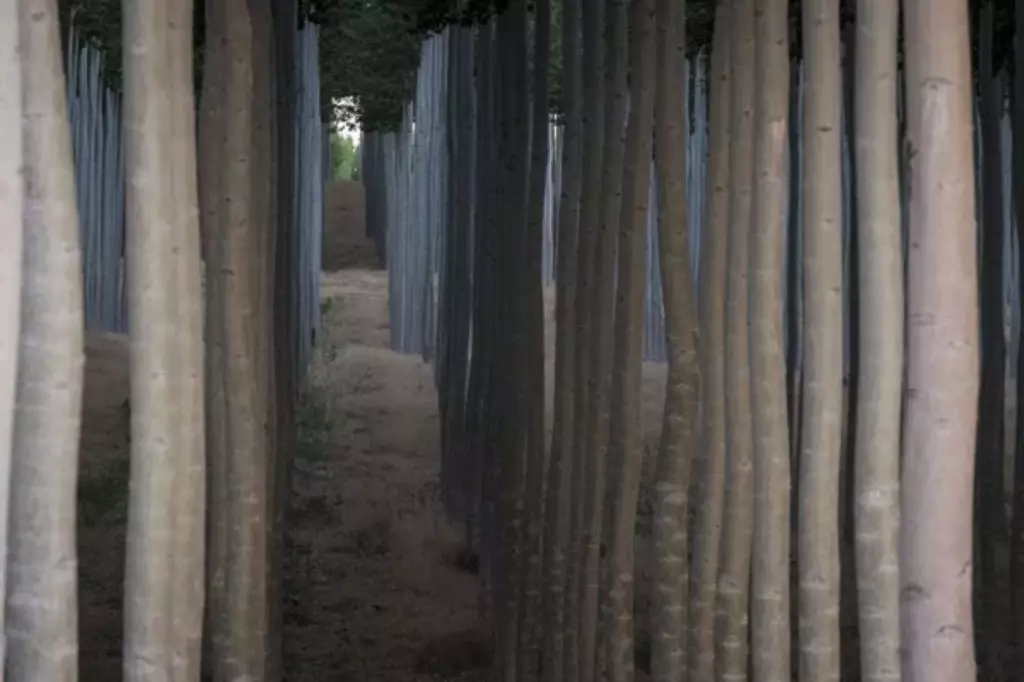
They are used for pulpwood, veneer, and other wood products. The current stumpage value for hybrid poplar trees is around $1 per board foot, but the high yield and fast growth rate make up for the lower value.
They can bring in an average of $5,000 to $8,000 per acre per year and have estimated returns of $10,000 per acre at the end of a 10-year growing cycle. They are also relatively low-maintenance, making them a good choice for growers who don't have plenty of time to devote to their tree farm.
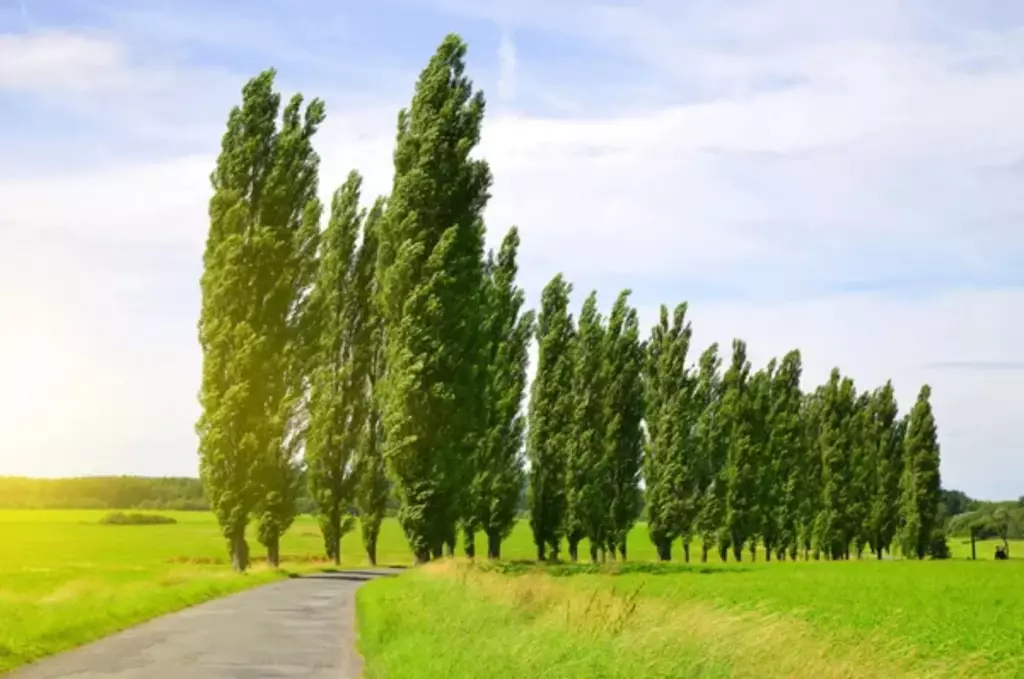
Balsam firs are a popular Christmas tree species
Balsam fir trees are a type of coniferous evergreen tree commonly used for Christmas trees, wreaths, and other holiday decorations. They have a pleasant aroma coming from the needles of the tree, which contain resin - giving off a distinct scent, often described as "Christmasy."
These popular Christmas trees are relatively easy to grow and maintain. They are tolerant of a wide range of soil types and can grow in a variety of climates. They also have a relatively short growth cycle, reaching maturity in as little as 10 years.
In an acre, you may be able to plant 1,500 balsam fir trees and sell them for $60 - $80 per tree. If you decide to sell each tree for $60, you can have a gross revenue of $90,000. An acre of a Christmas tree farm usually has a total production cost of around $22,000 - $54,000. Therefore, an acre of balsam fir trees can give you an estimated profit between $69,800 and $74,300 per acre.
Long-leaf pine trees are profitable for their pine straw production
Longleaf pine is a popular tree farm species that is known for its high-quality timber and pine straw. The current stumpage value for long-leaf pine trees is around $30 per ton, making them a valuable commodity.
Long-leaf pine tree farming requires a lot of space and a warm climate, but the profits can be significant. If managed intensively for pine straw and high-value poles and grade lumber, a longleaf plantation can yield potential profits of $100–$500 per acre.
These trees are a great option for landowners who are looking for a sustainable forest management strategy that can also generate a steady stream of income.
Pecan trees can yield high-quality and in-demand nuts
Pecan tree farming is a labor-intensive but profitable venture. Pecan trees require a lot of care and attention, but they can yield high-quality nuts that are in high demand. A single mature pecan tree has a value between $2,500 and $2,850.

A tree can produce 50 - 150 pounds of nuts per year. The current market demand for pecan nuts is high, and the selling price can range from $2 to $4 per pound depending on the quality. The usual average price is around $1.77 per pound.
Now, if your pecan grove can produce 500 pounds of pecans per acre, priced at $1.77 per pound, your gross revenue per acre would be $885. Assuming a total production cost of $480 per acre, you can have an expected profit of $405 for your 1-acre pecan tree farm.
Some farmers have reported making $3,800 per acre, but this amount includes other income-generating aspects like retail centers.
Apple trees can produce high-quality, in-demand fruits
Apple tree farming is a profitable venture that requires a lot of space and a cold climate. Apple trees require a lot of care and attention, but they can yield high-quality fruit that is in high demand. The current market demand for apples is high, and the selling price can range from $0.50 to $2 per pound depending on the variety and quality.
A single apple tree can produce 100–200 pounds, so the estimated profits are around $400 per tree. These trees can produce fruit for up to 30 years or more, adding to their long-term profitability.
Growers can usually earn an average of $8,226 per year by selling apples. The lowest earnings range from $2,562 per acre to as high as $16,630 per acre, with an average of 160 bushels of apples sold per acre.
Factors Affecting the Profitability of Tree Farms
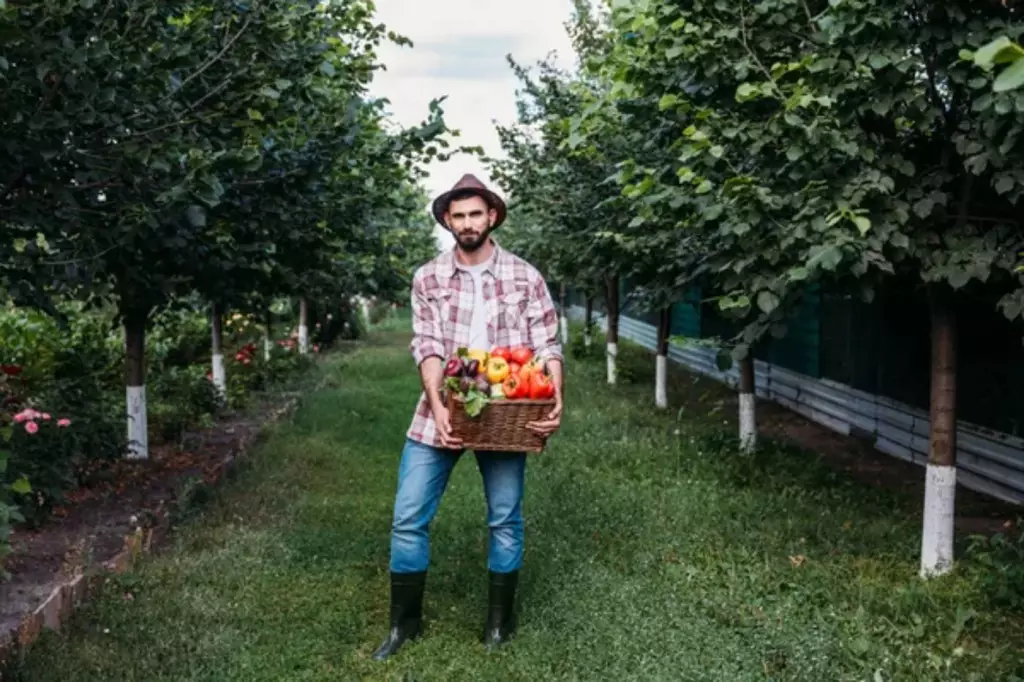
Choosing the right species of trees
The species of trees you choose to grow can have a significant impact on your profit per acre. Different species have different growth rates, yields, and market values.
For example, some species, such as black walnut, have a higher market value than others. However, black walnut also takes longer to mature and has a lower yield per acre. Its relative species, the English walnut, takes a lesser time to reach maturation.
You may need to do a little research about the market value and growth characteristics of different tree species to determine which ones will be most profitable for your particular location and circumstances.
Ensuring soil quality and climate requirements
Some species of trees require specific soil types and climates to thrive, while others are more adaptable. For example, black walnut trees prefer well-drained soils and a moderate climate (Hardiness zones 4 - 9), while pecan trees can grow in a wider range of soil types, such as wet soil, and can tolerate climates only from hardiness zones 5 - 9.
Effective management practices can also impact profit per acre
Proper spacing between trees can help maximize their growth and yield. Similarly, ensuring that your trees receive adequate sunlight and water can also help them grow more quickly and produce more wood.
Strive to also manage pests and diseases to prevent damage to your trees and reduce losses. Effective management practices can help you maximize your yields and profits over the long term.
Consider time and spacing requirements
When calculating your profit per acre, it's a good idea to consider time and space as important factors. Some species of trees take longer to mature and produce wood than others, which can impact your cash flow and overall profitability.
Similarly, the amount of space you have available for growing trees can impact your yields and profits. You may need to consider both the time and space requirements of different tree species when planning your tree farm to ensure that you can maximize your profits.



